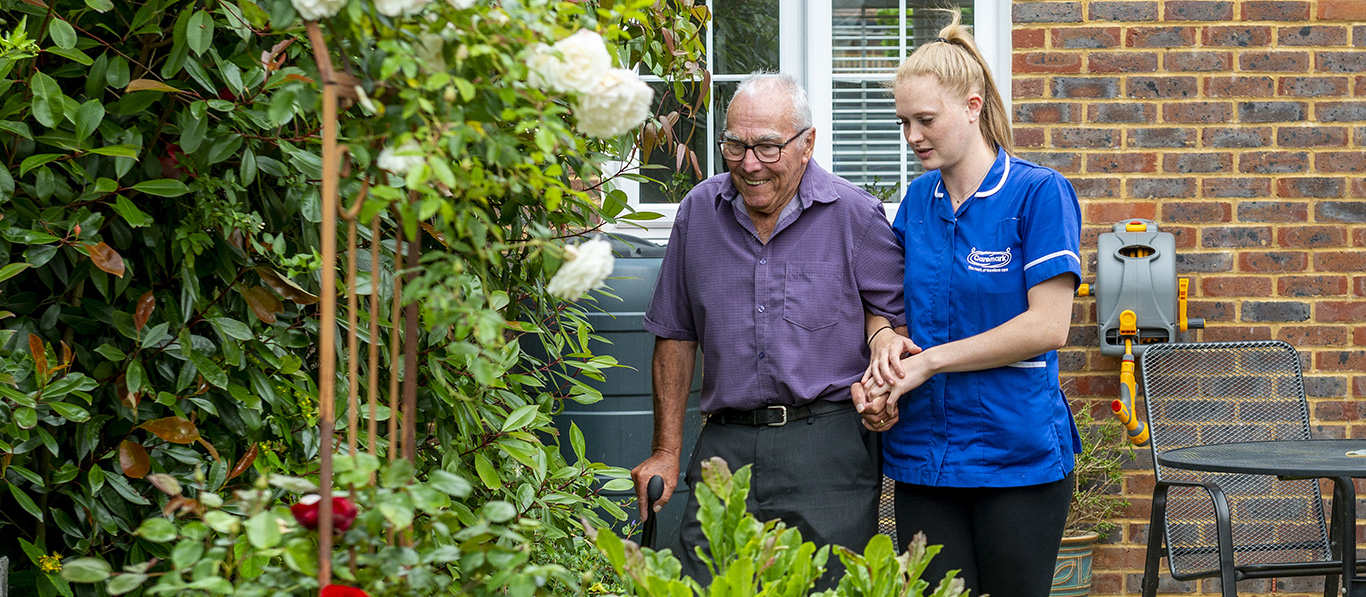The Role of Flight Attendants: Ensuring Passenger Safety and Comfort
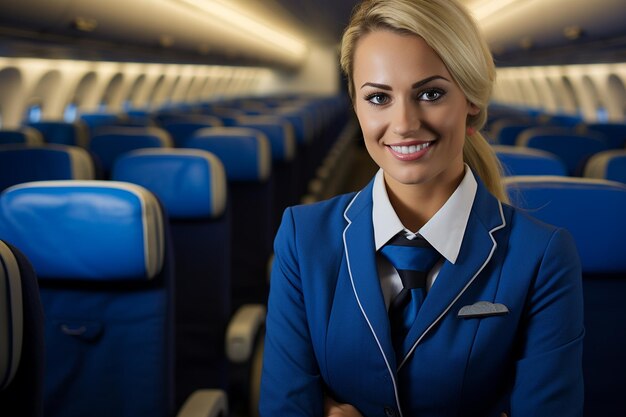
The Role of Flight Attendants: Flight attendants are the backbone of a smooth and safe air travel experience. They play a crucial role in ensuring the safety and comfort of passengers from the moment they step onboard until they disembark. Their responsibilities encompass a wide range of duties, making them true multitaskers who excel in fast-paced environments. Let’s delve deeper into the multifaceted role of flight attendants.
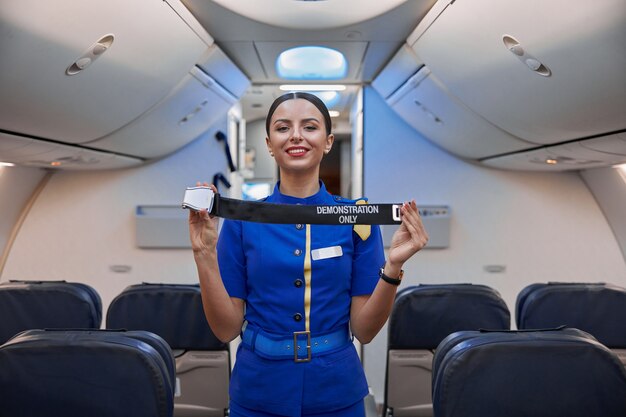
Safety First:
- Pre-Flight Briefings: Flight attendants conduct pre-flight safety briefings, demonstrating emergency procedures,explaining the location of safety equipment like life vests and oxygen masks, and outlining proper safety protocol during takeoff, landing, and turbulence.
- Safety Checks: They ensure cabin security by performing safety checks of the cabin before takeoff, verifying that all exits are clear and emergency equipment is properly functioning.
- Emergency Response: Flight attendants are trained to respond to emergencies onboard, including medical situations, fires, and security threats. They remain calm under pressure, administer first aid, and coordinate with the pilots to ensure a safe resolution.
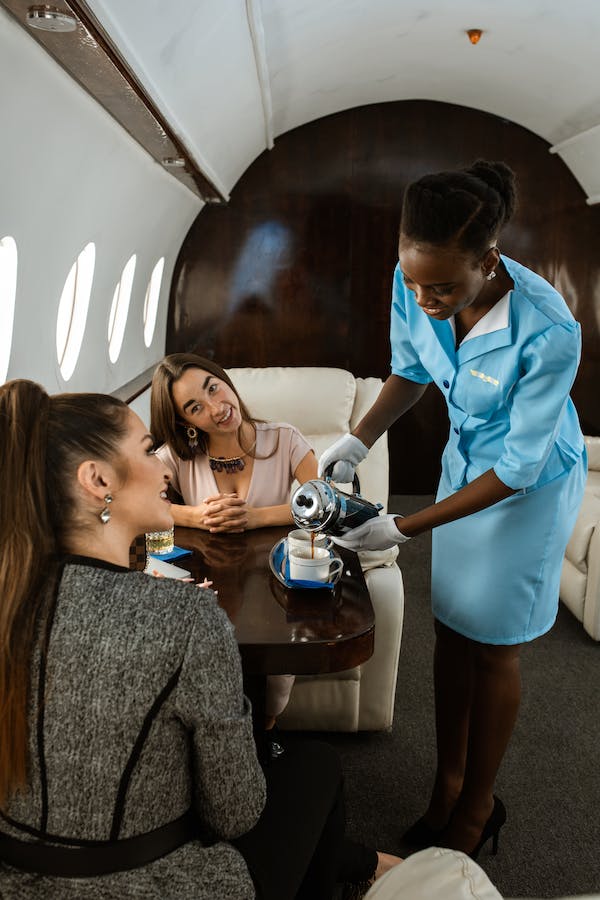
Passenger Comfort:
- Hospitality Experts: Flight attendants act as the airline’s ambassadors, providing exceptional customer service throughout the flight. They greet passengers with a smile, assist with baggage storage, and ensure a welcoming and comfortable environment.
- Food and Beverage Service: They efficiently serve meals, snacks, and beverages, catering to dietary restrictions and special requests whenever possible.
- Entertainment Assistance: Flight attendants help passengers navigate inflight entertainment systems, ensuring a relaxing and enjoyable journey.
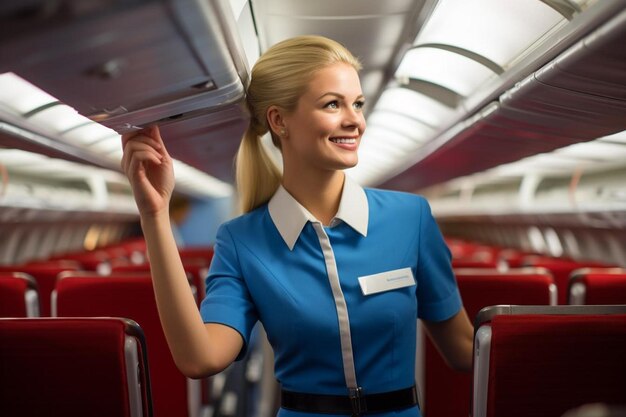
Additional Responsibilities:
- Security Checks: They may be involved in passenger screening procedures and ensuring compliance with security regulations.
- Language Skills: On international flights, flight attendants with multilingual abilities can bridge communication gaps and assist passengers who may not speak the primary language onboard.
- De-escalation Techniques: Flight attendants are trained in de-escalation techniques to manage disruptive passengers and maintain a peaceful cabin environment.

Essential Qualities for Flight Attendants:
- Excellent Communication Skills: The ability to communicate clearly, concisely, and effectively with passengers from diverse backgrounds is paramount.
- Customer Service Orientation: A genuine passion for hospitality and a focus on passenger satisfaction are essential traits.
- Calm Under Pressure: Flight attendants must remain calm and collected during emergencies or unexpected situations.
- Teamwork and Collaboration: They work closely with pilots, ground crew, and other flight attendants to ensure a seamless travel experience.
- Physical Fitness: The job requires regular movement throughout the cabin, lifting carry-on luggage, and maintaining a professional appearance.
Beyond the Basics: A Day in the Life of a Flight Attendant

The daily routine of a flight attendant can vary depending on the airline, route, and schedule. However, some common elements paint a picture of a dynamic and sometimes demanding profession.
- Pre-Flight Preparations: The day often starts early with pre-flight briefings. Flight attendants review flight plans,weather conditions, passenger manifests, and any special needs onboard. They ensure the cabin is properly stocked with food, beverages, and emergency supplies.
- Boarding and Safety: As passengers arrive, flight attendants assist with boarding, verifying tickets and ensuring everyone finds their designated seats. They then conduct the pre-flight safety briefing, walking passengers through all the crucial information.
- Takeoff and In-Flight Service: Once airborne, flight attendants settle passengers in, address any questions or concerns, and begin in-flight service. This involves taking meal and beverage orders, ensuring smooth distribution,and maintaining a clean and comfortable cabin environment.
- Passenger Interaction: Flight attendants are a constant presence throughout the flight, offering assistance,answering questions about the flight or destination, and sometimes even lending a listening ear to passengers. They strive to create a positive and friendly atmosphere onboard.
- Turbulence and Emergencies: While turbulence is a normal occurrence in air travel, flight attendants are trained to handle these situations calmly and efficiently. They ensure passenger safety by instructing them to fasten seatbelts and may offer reassurance during rough patches. In rare emergencies, their training in first aid and emergency procedures becomes critical.
- Arrival and Disembarkation: As the flight nears its destination, flight attendants prepare the cabin for landing and provide arrival information. They assist with deplaning and ensure all passengers and belongings have disembarked safely.
- Post-Flight Duties: After all passengers have disembarked, flight attendants complete post-flight paperwork,restock the cabin for the next flight, and prepare for their next assignment. This may involve layovers at different locations, requiring adaptability and flexibility.
Career Paths and Growth Opportunities:
A career as a flight attendant can be a gateway to exciting possibilities within the aviation industry. Here are some paths for advancement:
- Senior Flight Attendant: Gaining experience can lead to a senior flight attendant position with additional responsibilities, such as mentoring new crew members and overseeing cabin service during flights.
- Purser: Pursers are typically the most senior flight attendants onboard, responsible for the overall management of the cabin crew and ensuring smooth service delivery.
- Flight Instructor: Experienced flight attendants with a passion for training can transition to become instructors,sharing their knowledge and expertise with new recruits.
The aviation industry also offers opportunities for ground-based roles, such as cabin service managers or recruitment specialists. Flight attendants can leverage their customer service skills, communication abilities, and aviation knowledge to explore various career paths within the broader industry.
The Rewards of Being a Flight Attendant:
Being a flight attendant is not just a job; it’s a lifestyle. Here are some of the perks and rewards that come with this unique career:
- Travel Opportunities: Flight attendants get to explore new destinations frequently, experiencing diverse cultures and broadening their horizons.
- Dynamic Work Environment: Every day brings a new set of experiences and challenges, making the work dynamic and engaging.
- Meeting New People: Flight attendants interact with passengers from all walks of life, fostering connections and building relationships.
- Competitive Salary and Benefits: Many airlines offer competitive salaries, benefits packages, and travel perks for their flight attendants.
- Personal Growth: The role demands adaptability, problem-solving skills, and the ability to remain calm under pressure. These skills translate into personal growth and self-confidence.
Conclusion:
The Role of Flight Attendant: The world of flight attendants is more than just serving drinks and making announcements. It’s a demanding yet rewarding career path that combines safety, service, and a love for travel. If you possess a passion for helping others,thrive in dynamic environments, and dream of exploring the world, then a career as a flight attendant might be the perfect adventure for you.



